No products in the cart.
NEWS
Master Apricot Care: Your Guide to Growing Healthy, Productive Trees
There’s a unique satisfaction that comes from walking into your garden and biting into a sun-ripened apricot straight from your own tree. These beautiful, velvety fruits, botanically known as Prunus armeniaca, offer a delightful burst of sweetness and a touch of tang that store-bought varieties often can’t match. While apricots are generally considered achievable for home gardeners, mastering their care unlocks the potential for abundant, high-quality fruit year after year. Like any plant, they have specific needs and are susceptible to certain challenges. This comprehensive guide, drawing on years of horticultural experience and a deep understanding of fruit tree dynamics, will walk you through successful apricot cultivation, addressing everything from ideal conditions to common problems and their solutions.
Growing apricots successfully isn’t just about luck; it’s about understanding the tree’s lifecycle and anticipating its needs. From ensuring proper soil drainage to managing pests and diseases that specifically target stone fruits, informed care makes all the difference between a sparse, struggling tree and one laden with golden treasures. We’ll explore the essentials of planting and ongoing maintenance, delve into common issues that might hinder fruiting or affect fruit quality, and cover the satisfying steps of harvesting, storing, and preserving your bounty.
Laying the Foundation: Ideal Growing Conditions for Apricots
Apricot trees thrive in specific environments. They need full sun exposure – at least 6-8 hours daily – to produce the sweetest fruit and maintain overall tree health. Crucially, they require well-drained soil. Apricots are highly susceptible to root issues in wet conditions. A sandy loam or loamy soil is ideal. If your soil is heavy clay, consider planting on a mound or improving drainage with organic matter. Proper site selection is your first defense against many common problems.
Climate plays a significant role. Apricots need a certain number of chilling hours (periods below 45°F or 7°C) during winter to break dormancy and bloom properly. However, early blooms can be vulnerable to late spring frosts. Choosing a variety suited to your local climate is essential. Protecting early blossoms from frost, perhaps with covers on smaller trees, can sometimes save a potential harvest.
Essential Ongoing Care for Apricot Trees
Once established, your apricot tree benefits from consistent care throughout the season.
Watering and Avoiding Waterlogging
While trees need consistent moisture, especially when fruit is developing, overwatering or poor drainage is a major issue. Waterlogged apricot trees occur when roots sit in standing water, suffocating them and inviting fungal diseases. As plant pathology expert Dr. Eleanor Vance notes, “Root health is paramount, and that starts with ensuring roots aren’t drowning.” Ensure the soil drains freely. For established trees, deep watering less frequently is better than shallow, frequent watering. Monitor soil moisture levels, watering when the top few inches are dry.
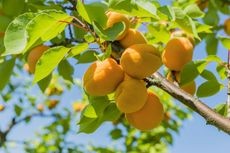 Apricots Growing on Tree
Apricots Growing on Tree
Fertilizing for Growth and Fruit
Feeding apricot trees provides the necessary nutrients for strong growth and fruit production. Generally, apricots benefit from fertilization in late winter or early spring before bud break. A balanced fertilizer is often recommended, or one slightly higher in phosphorus to encourage blooming and fruiting. Soil tests can provide specific recommendations for your garden. Avoid excessive nitrogen, which can lead to lush foliage growth at the expense of fruit and make the tree more susceptible to disease.
Thinning for Quality Fruit
Apricot thinning is a crucial practice for improving fruit size and quality and preventing branch breakage. Apricot trees often set more fruit than they can realistically support. Thinning involves removing excess young fruits shortly after the natural “June drop.” Space fruits about 2-4 inches apart along the branches. This redirects the tree’s energy into developing the remaining fruits, resulting in larger, juicier apricots and preserving the tree’s long-term health.
Pruning for Structure and Airflow
While not a titled section in the source, pruning is integral to apricot care. Prune in late winter while the tree is dormant to shape the tree, remove dead or diseased branches, and improve air circulation, which helps prevent fungal diseases. Pruning after harvest can remove problematic growth but avoid heavy pruning in late summer or fall.
Tackling Common Apricot Problems: Pests and Diseases
Despite best practices, apricot trees can face various pests and diseases. Recognizing the signs and taking timely action is key. Spraying apricot trees at appropriate times (dormant season, pre-bloom, post-bloom) with suitable treatments can prevent or manage many issues.
Fungal Foes
Several fungal diseases target apricots:
- Apricot Rust: This is a common fungal issue appearing as orange or reddish spots on leaves, eventually causing premature leaf drop. Apricot rust control involves dormant season sprays and ensuring good air circulation.
 Rust on Apricot Tree Leaf
Rust on Apricot Tree Leaf - Apricot Scab (Peach Scab): Affects fruit, leaves, and twigs, causing dark, fuzzy spots on the fruit that can make it unmarketable. Apricot scab treatment often relies on preventative fungicide sprays applied during the spring.
 Branches With Peach Scabs
Branches With Peach Scabs - Apricot Fungal Gummosis: Characterized by sap oozing from the trunk or branches, often associated with cankers or wounds. How to treat apricot gummosis involves improving tree health, preventing injuries, and sometimes careful pruning of affected areas.
 gummosis
gummosis
Bacterial and Viral Threats
- Apricot Crown Gall: A bacterial disease causing large, irregular growths (galls) on roots and lower trunks. Apricot crown gall symptoms include stunted growth and reduced vigor. Treatment is difficult; prevention through careful planting and avoiding trunk injury is crucial.
 Apricot Tree With Crown Gall Disease
Apricot Tree With Crown Gall Disease - Stone Fruit Yellow of Apricots (Phytoplasma): Caused by a phytoplasma (a type of bacteria), this disease leads to yellowing leaves, stunted growth, and poor fruit development. Treating apricots with phytoplasma is challenging as there is no cure; infected trees should typically be removed to prevent spread.
Root Rot Issues
Soil-borne pathogens are serious threats:
- Apricot Texas Root Rot (Cotton Root Rot): A devastating fungal disease common in the southwestern U.S. It causes rapid wilting and death. Treating apricots with cotton root rot is extremely difficult; prevention through planting resistant varieties and proper soil management is the best approach.
- Apricot Armillaria Root Rot (Oak Root Rot): Another serious, often fatal fungal disease. It causes decline and death of the tree. There are no effective fungicides. What causes apricot oak root rot is a widespread fungus in the soil; prevention is the only viable strategy, focusing on resistant rootstock if available and avoiding planting in infected soil.
 Branch With Apricot Oak Root Rot
Branch With Apricot Oak Root Rot
Nematode Problems
- Apricot Nematode Problems (Root Knot Nematodes): Microscopic worms in the soil that attack roots, causing swellings (galls) and poor nutrient uptake. This leads to stunted, weak trees. Treating apricots with root knot nematodes involves using resistant rootstock, soil solarization, and improving soil health with organic matter.
 Tree Roots
Tree Roots
Understanding Apricot Fruiting Challenges
Sometimes, the tree looks healthy but doesn’t produce fruit as expected.
- Apricot Not Blooming: Lack of flowers means no fruit. Common reasons include insufficient winter chilling hours, late frosts damaging buds, improper pruning, or nutritional deficiencies. Why there are no flowers on apricot trees often relates to understanding the tree’s specific needs for its lifecycle stage and local climate.
 Apricot Tree Without Flowers
Apricot Tree Without Flowers - Reasons For An Apricot Tree Not Producing: Even if it blooms, pollination issues, poor tree health, excessive fruit drop (natural or stress-induced), or immaturity of the tree can lead to a lack of harvest. Ensuring pollination (some varieties need cross-pollination) and maintaining tree vigor are important.
 Three Apricots on Tree
Three Apricots on Tree - Apricots Do Not Ripen: If your apricots stay green on the tree, it could be due to insufficient heat/sunlight, overwatering, nutrient imbalances, or sometimes disease/pest stress affecting the tree’s ability to mature fruit. Environmental factors play a huge role in ripening.
 Tree Full Of Apricots
Tree Full Of Apricots - What Is Pit Burn: Apricots that have a soft center or darkened flesh around the pit are suffering from pit burn. This physiological disorder is often linked to extreme heat or water stress during fruit development. There’s no direct remedy once it occurs; managing water consistency and providing some shade during peak heat may help prevent it.
Harvesting, Storing, and Preserving Your Apricots
The reward for your care comes at harvest time.
Picking Apricots
When and how to harvest an apricot depends on the variety and your intended use. For fresh eating, wait until the fruit changes color, softens slightly, and pulls away easily from the branch with a gentle twist. Apricots don’t ripen much after picking compared to some other fruits, so aim for near-ripe on the tree. Harvest gently to avoid bruising.
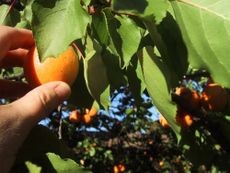 Hand Picking Apricot From A Tree
Hand Picking Apricot From A Tree
How To Store Apricots
Apricots are delicate. Learn about post-harvest care of apricots to maximize their lifespan. Ripe apricots store best in a single layer in the refrigerator for a few days. Handle them carefully to prevent bruising.
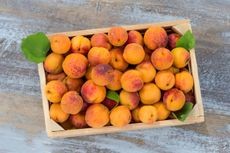 Wooden Box Full of Harvested Apricots
Wooden Box Full of Harvested Apricots
How To Preserve Apricots
If you have a bumper crop, how to preserve apricots from the garden becomes essential. Apricots are excellent for drying, freezing, canning, or making jams and preserves. These methods allow you to enjoy the taste of your home-grown apricots long after the harvest season ends.
 An open jar of apricot preserves surrounded by several whole ripe apricots
An open jar of apricot preserves surrounded by several whole ripe apricots
Conclusion
Growing apricots is a deeply rewarding endeavor that connects you directly with the cycle of nature and provides incredibly delicious, fresh fruit. While challenges like pests, diseases, and fruiting issues can arise, understanding the tree’s needs and recognizing problems early empowers you to take effective action. By providing the right conditions, consistent care, and addressing issues proactively, you can cultivate healthy, productive apricot trees that will grace your table with their golden harvest for years to come.
Taking care of your apricot trees involves a holistic approach, from nurturing the soil they grow in to protecting them from environmental stresses and biological threats. High-quality soil amendments, appropriate fertilizers, and effective, carefully selected plant health products can be invaluable tools in this process. We encourage you to explore the resources and products available at Biogarden.asia to support your apricot growing journey and help you achieve the bountiful harvest you dream of. Share your apricot growing experiences with us – we love to hear about your successes and help you troubleshoot any challenges!




 Rust on Apricot Tree Leaf
Rust on Apricot Tree Leaf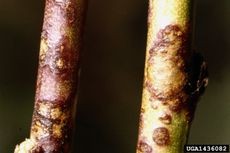 Branches With Peach Scabs
Branches With Peach Scabs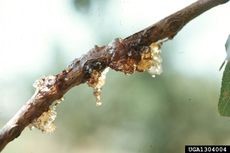 gummosis
gummosis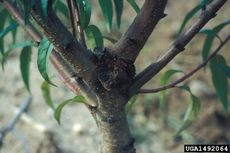 Apricot Tree With Crown Gall Disease
Apricot Tree With Crown Gall Disease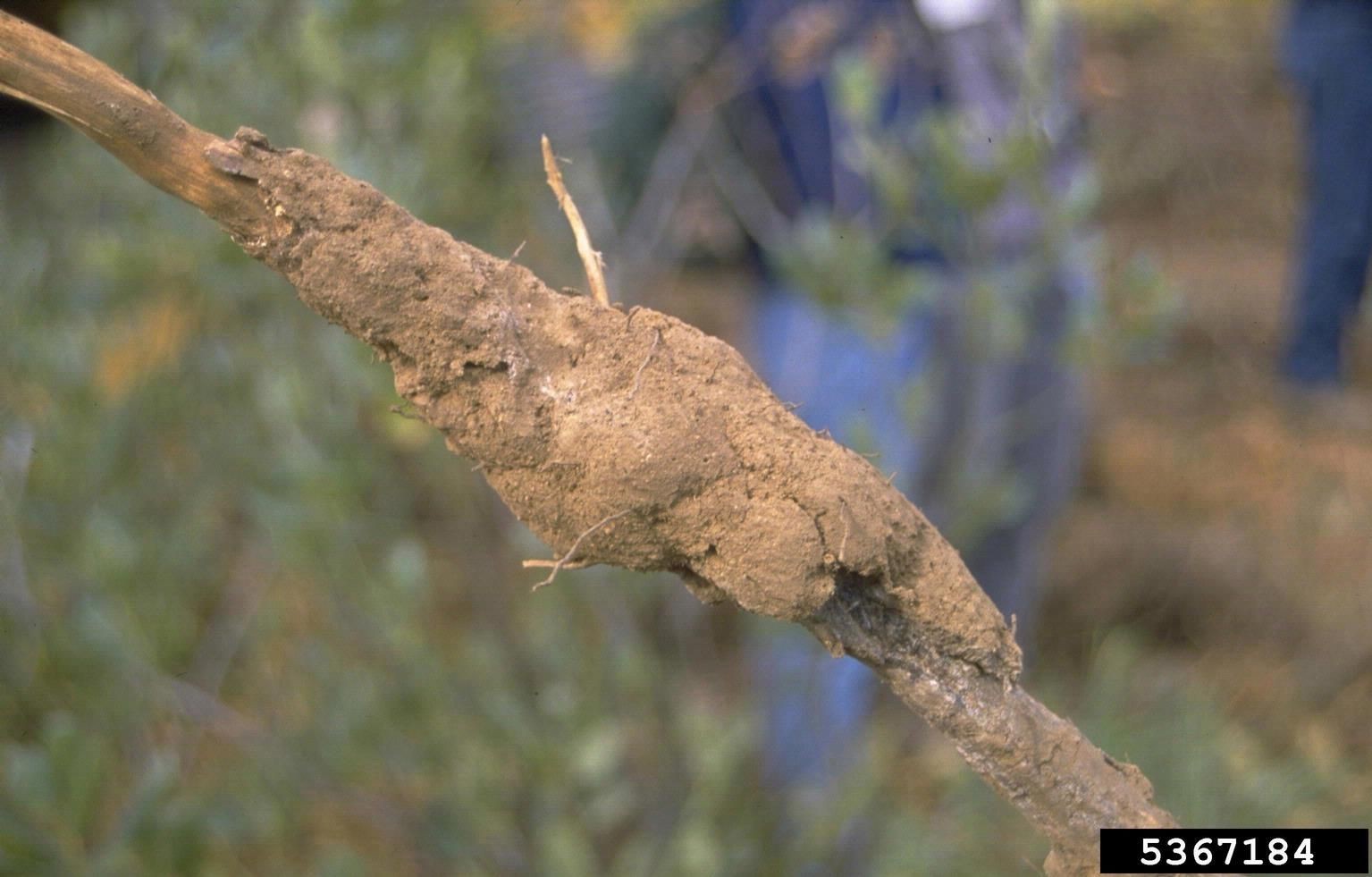 Branch With Apricot Oak Root Rot
Branch With Apricot Oak Root Rot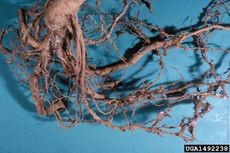 Tree Roots
Tree Roots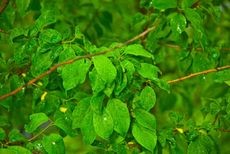 Apricot Tree Without Flowers
Apricot Tree Without Flowers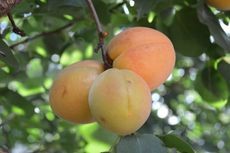 Three Apricots on Tree
Three Apricots on Tree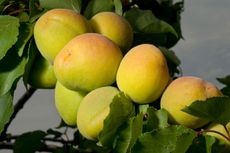 Tree Full Of Apricots
Tree Full Of Apricots